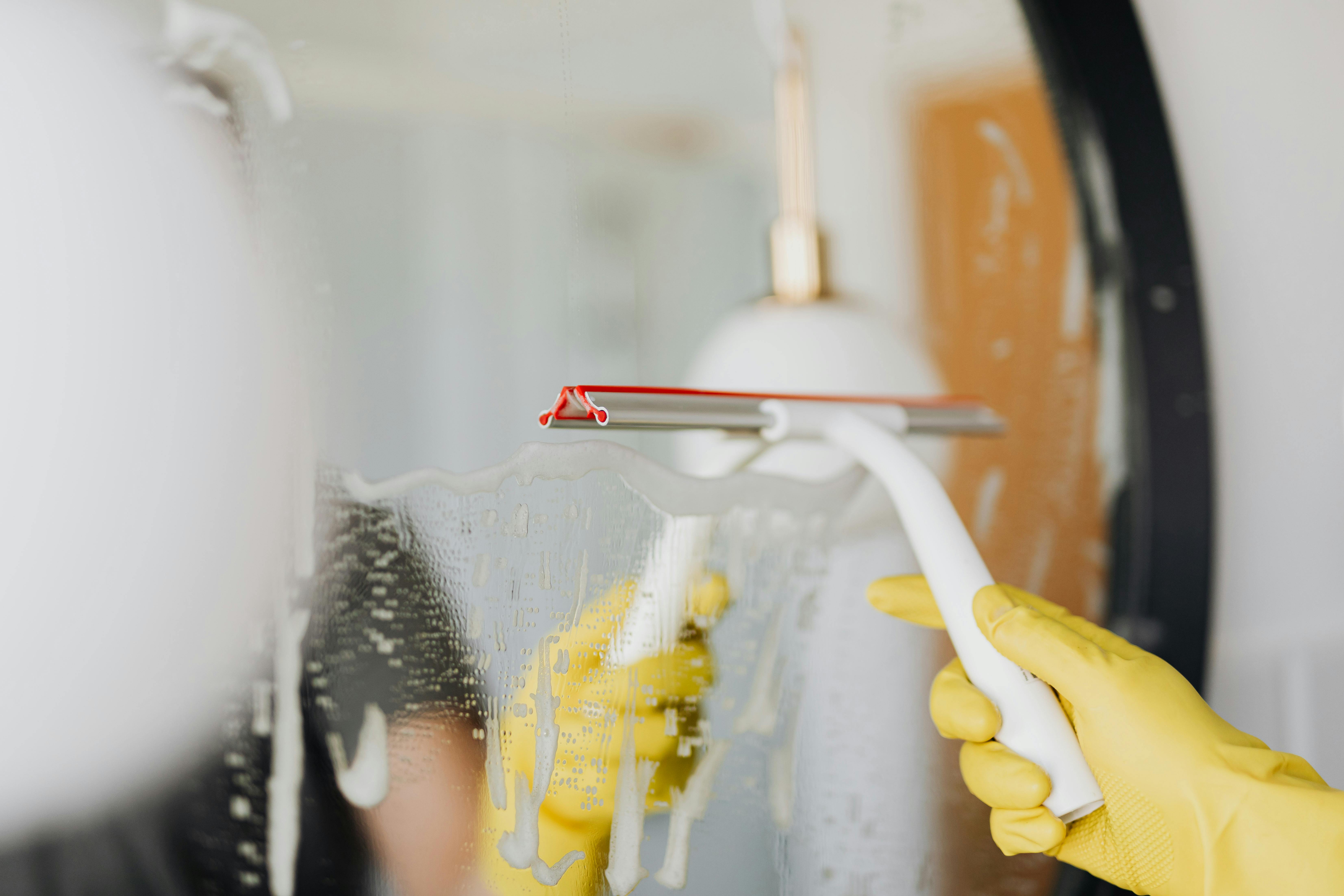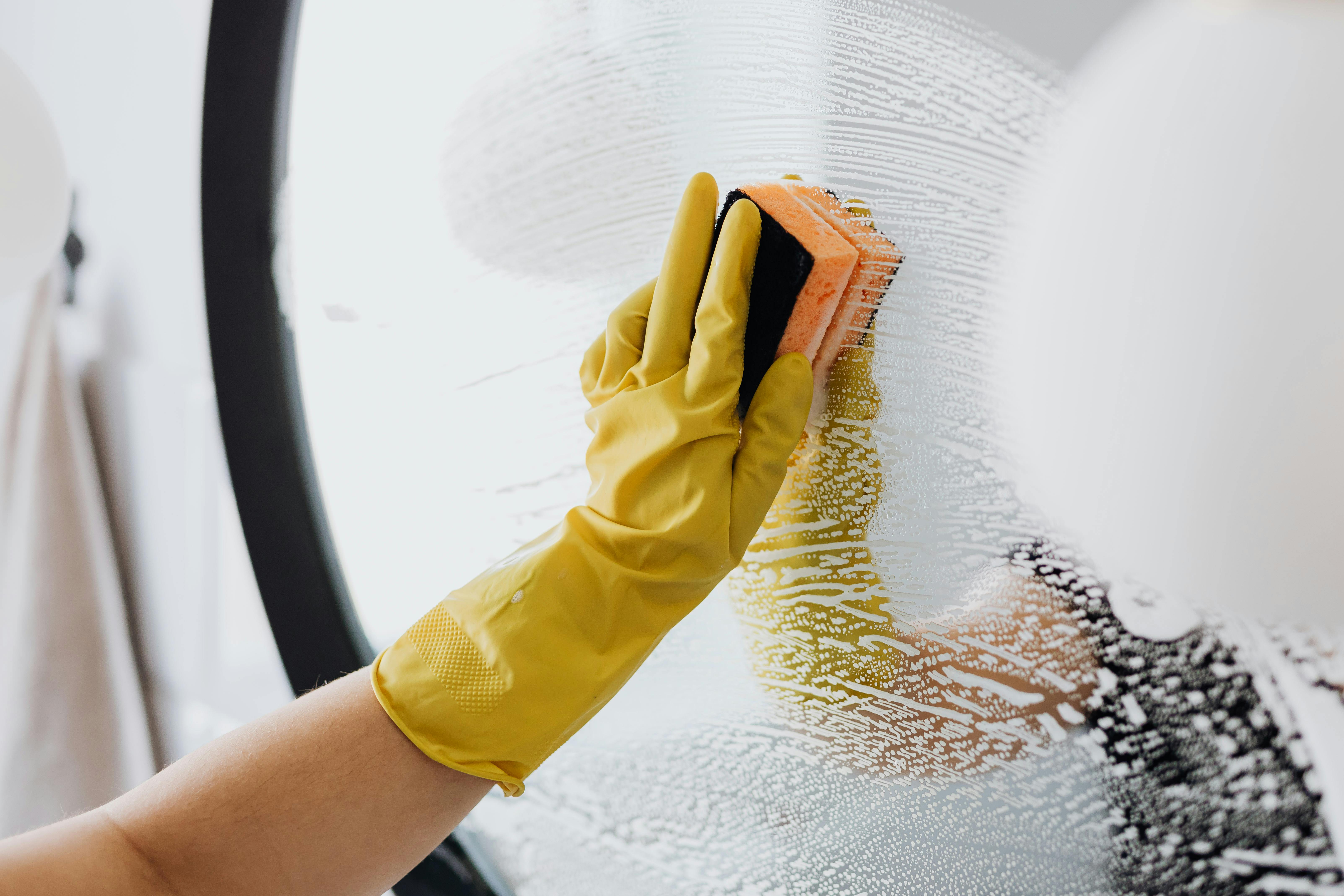Removing tannins from water is an important step in ensuring the quality of your drinking water. Tannins are organic compounds that are found in surface waters, such as lakes and streams. They can give water a yellow or brown color and a distinct taste and odor. In addition to causing discoloration, tannins can also clog pipes and reduce the effectiveness of chlorine-based disinfectants. In this article, we will discuss how to remove tannins from water so that you can enjoy clean drinking water free from discoloration and unpleasant tastes.Tannins in water are compounds that are naturally present in water sources, such as streams, lakes, and wells. They are organic substances that contain polyphenols, which give them a bitter taste and a yellowish-brown color. Tannins are known to discolor clothes during laundering and can cause an unpleasant taste when consumed. They can also interfere with the effectiveness of chlorine disinfectants used to treat drinking water or swimming pools.
Why Do Tannins Need to Be Removed?
Tannins are naturally occurring compounds found in plants and fruits, including tea, coffee, red wine, and certain tree barks. They are known for their astringent taste, which can make them unpleasant to consume. Tannins also have antimicrobial properties that can inhibit the growth of some bacteria and fungi. While these properties may be beneficial in some cases, they can also lead to problems when they occur in high concentrations. In addition to imparting an unpleasant taste, tannins can also cause discoloration, reduce the shelf-life of food products, and even interfere with other processes such as fermentation. For these reasons, it is often necessary to remove tannin compounds from water or food products before they are consumed.
Removing tannins from water or food products can be achieved through a variety of methods. Common methods include chemical treatment with activated carbon and reverse osmosis filtration. These treatments are able to remove most of the tannin compounds from the water or food product without changing its flavor or texture. In some cases, additional filtration may be required if there is a high concentration of tannins present. Once the tannins have been removed, the product should be safe for consumption or further processing.
What Are the Methods to Remove Tannins From Water?
Tannins are organic compounds found naturally in water, caused by decaying vegetation. They can give the water a yellowish, brown or tea-like color and can impart an unpleasant taste and odor. Removing tannins from water is important for both aesthetic and health reasons. Fortunately, there are several methods available to remove tannins from water.
One of the most common methods used to remove tannins is through reverse osmosis filtration. The process involves forcing the water through a semi-permeable membrane that traps the tannin molecules while allowing other components such as minerals to pass through. The filtered water is then collected into a separate container for use. Reverse osmosis filtration is effective in removing not just tannins but also other substances such as suspended solids, bacteria, viruses and other contaminants.
Another method of removing tannins is by using activated carbon filters. Activated carbon filters contain a special type of charcoal that has been treated with oxygen to open up tiny pores on its surface which absorb various impurities in the water including tannins. The filtered water then passes through two containers with activated carbon filters where it is further purified before being collected for use.
The third method for removing tannins from water involves using ion exchange resins or softeners which work by exchanging ions between molecules in solution that have similar charges or properties. This process removes ions from the water solution including calcium, magnesium and iron which cause hardness as well as tannin molecules which are also removed in the process. The filtered and softened water can then be collected for use or further treated with disinfectants before being used for drinking or cooking purposes.
Finally, another option for removing tannins from water is chemical precipitation which involves adding chemicals such as aluminum sulfate (alum) to bind with the dissolved particles including the tannin molecules making them heavier so they sink to the bottom of the container allowing them to be removed more easily during filtration or sedimentation processes.
Overall, there are several different methods available that can be used to effectively remove tannins from drinking or cooking water sources making it safer and more pleasant for consumption purposes. It’s important to note however that each method has its own advantages and disadvantages so it’s best to consult with an expert if you’re unsure which option will be best suited for your specific needs.
Activated Carbon Filtration
Activated carbon filtration is a process that removes organic compounds, tastes and odors from water. It is the most widely used method for water purification due to its ability to remove a wide array of contaminants. Activated carbon works by adsorbing particles, chemicals, and other impurities from the water as it passes through the filter. The activated carbon binds to the particles and contaminants, trapping them in its porous surface.
The adsorption process is highly effective at removing a variety of contaminants including chlorine, sediment, volatile organic compounds (VOCs), pesticides, herbicides and other organic compounds. It is also effective at removing unpleasant smells and tastes from drinking water. Activated carbon filters are available in both granular form and as a block filter. Granular activated carbon filters are most commonly used in water treatment systems while block filters are more commonly used in point-of-use systems such as faucet mounted filters or under-sink filters.
Activated carbon filtration is an effective way to improve the taste and odor of drinking water while also helping to reduce health risks associated with certain contaminants. It is important to note that activated carbon filtration does not remove all contaminants from water; it only removes those that are adsorbed by the filter media. For this reason, it is important to use other methods of filtration such as reverse osmosis or ultraviolet light for complete protection against all potential contaminants in drinking water.
Reverse Osmosis Filtration
Reverse osmosis is a process used to purify water by pushing it through a semi-permeable membrane. It is an effective way to remove impurities such as salts, heavy metals, organic contaminants, and other unwanted particles from water. The reverse osmosis filtration process involves four steps: pre-treatment, membrane filtration, post-treatment, and storage.
Pre-treatment is the first step in the reverse osmosis process. This step involves removing sediment and other large particles from the water before it is passed through the membrane. This helps protect the membrane from being clogged by large particles and extends its life.
Membrane filtration is the second step of reverse osmosis and involves passing the pre-treated water through a semi-permeable membrane. The semi-permeable membrane has tiny pores that allow only certain molecules to pass through while blocking out impurities such as salt and heavy metals.
Post-treatment is the third step of reverse osmosis filtration and involves adding minerals back into the purified water to improve its taste. This step also helps reduce chlorine levels in order to make sure that any residual chlorine present in the water does not cause health issues.
The final step in reverse osmosis filtration is storage. After going through all of these steps, purified water must be stored in containers that are designed to keep it safe and free of contamination until it can be consumed or used for other purposes.

Ion Exchange Process
Ion exchange is a process used to remove or reduce the concentration of dissolved ions from a liquid or gas. It involves the exchange of ions between two different mediums, such as a solution and a solid. The process is typically used in industrial applications such as water treatment, food processing, and chemical production. In water treatment, ion exchange is used to remove unwanted substances, such as heavy metals, from water. In food processing, ion exchange is used to remove excess salts and other impurities from food products. In chemical production, ion exchange is often used to purify chemicals or separate them into their component parts. Ion exchange can also be used to recover valuable metals and minerals from wastewater streams.
The process of ion exchange involves the transfer of ions between a solid medium (anion exchanger) and a liquid medium (cation exchanger). The anion exchanger attracts positively charged ions (cations), while the cation exchanger attracts negatively charged ions (anions). The exchanged ions are then released back into the liquid or gas phase when the desired concentration has been reached. The process can be repeated until all unwanted substances have been removed from the solution or gas phase.
Ion exchange is a highly efficient method of removing impurities from liquids and gases. It is also relatively inexpensive compared to other methods of purification, such as distillation or filtration. The process can be tailored to meet specific needs, allowing for greater control over the final product’s quality and purity. Ion exchange systems require minimal maintenance and are easy to operate and install, making them ideal for industrial applications where efficiency and cost-effectiveness are important considerations.
Introduction to Ozonation
Ozonation is a process of using ozone gas to purify water, air or other substances. It is a powerful oxidizing agent used for disinfection and treatment of wastewater, as well as for treatment of drinking water. Ozone is a highly reactive form of oxygen produced naturally by lightning and from some electrostatic sources. It can be produced commercially by passing oxygen gas through an electrical discharge tube. The most common application of ozonation is for water disinfection in swimming pools, cooling towers, and industrial wastewater treatment plants.
Benefits of Ozonation
Ozonation provides many benefits over other forms of water treatment such as chlorination and filtration. Ozonation can eliminate microorganisms such as bacteria and viruses without leaving behind any residual chemicals that could harm aquatic life or the environment. It can also oxidize organic compounds found in wastewater into harmless compounds that are easily removed by filtration or sedimentation processes. In addition, ozonation requires little maintenance and produces very little sludge compared to other treatments.
Limitations of Ozonation
Although ozonation has many advantages over other forms of water treatment, it also has its limitations. Ozonation can be costly due to the need for specialized equipment such as ozone generators and ozone contactors. In addition, it cannot be used on waters with high concentrations of iron or manganese because these metals react with ozone to form insoluble precipitates that must be removed by filtration or sedimentation processes. Lastly, some organic compounds are not completely destroyed by ozonation and may require additional treatments such as advanced oxidation processes (AOPs) for complete removal.
Conclusion
Ozonation is an effective method for treating both potable and industrial wastewater due to its ability to disinfect without producing harmful chemicals or sludge. However, it is important to consider the cost associated with implementing this technology and the limitations it imposes on treating certain types of water before committing to an ozonation system for your specific needs.
Using Hydrogen Peroxide
Hydrogen peroxide is a great natural alternative to harsh chemicals when it comes to cleaning and disinfecting surfaces. It is a clear, colourless liquid that is composed of two hydrogen atoms and two oxygen atoms. It works as an oxidizing agent, meaning it can break down organic compounds like bacteria, viruses, and fungi. This makes it an effective disinfectant for use on surfaces in your home or office. It can also be used as a stain remover, whitener, and deodorizer. Hydrogen peroxide is very affordable and easy to find at most stores.
When using hydrogen peroxide for cleaning surfaces, it’s important to dilute the solution with water. If you use it undiluted, it can cause damage to some surfaces and can even be dangerous if ingested or splashed in your eyes. The general rule of thumb is to use one part hydrogen peroxide mixed with nine parts water. This mixture can then be sprayed onto the surface you want to clean or disinfect and left for 10 minutes before wiping away with a damp cloth.
Hydrogen peroxide is also great for removing stubborn stains from carpets and fabric surfaces such as couches or chairs. To do this, mix one part hydrogen peroxide with one part water and then spray onto the stained area with a spray bottle. Let sit for 10 minutes before wiping away with a damp cloth or sponge. You may need to repeat this process several times for tough stains but you should see results quickly!
Overall, hydrogen peroxide is an effective and affordable way of cleaning and disinfecting surfaces in your home or office without using harsh chemicals that could be harmful to your health or the environment. When using hydrogen peroxide, always remember to dilute it with water first so that you don’t cause any damage or harm yourself in the process!

Conclusion
Removing tannins from water is an important and necessary process in order to ensure the water is safe to drink and use. There are many methods that can be used, such as coagulation, flocculation, filtration, and even aeration. Each of these methods has their own benefits and drawbacks which should be taken into consideration when deciding which method would be most effective for a particular situation.
It is important to remember that tannins can accumulate in water over time, so it is important to monitor the water regularly and consider a regular process of removal if the levels become too high. In this way, water can remain safe for consumption and other uses.
Overall, understanding how to remove tannins from water is an essential part of keeping our water supply safe and healthy for us all. Knowing the different methods available, their benefits and drawbacks, as well as how to properly monitor the levels of tannins in our water supply are all important parts of ensuring our safety now and in the future.

